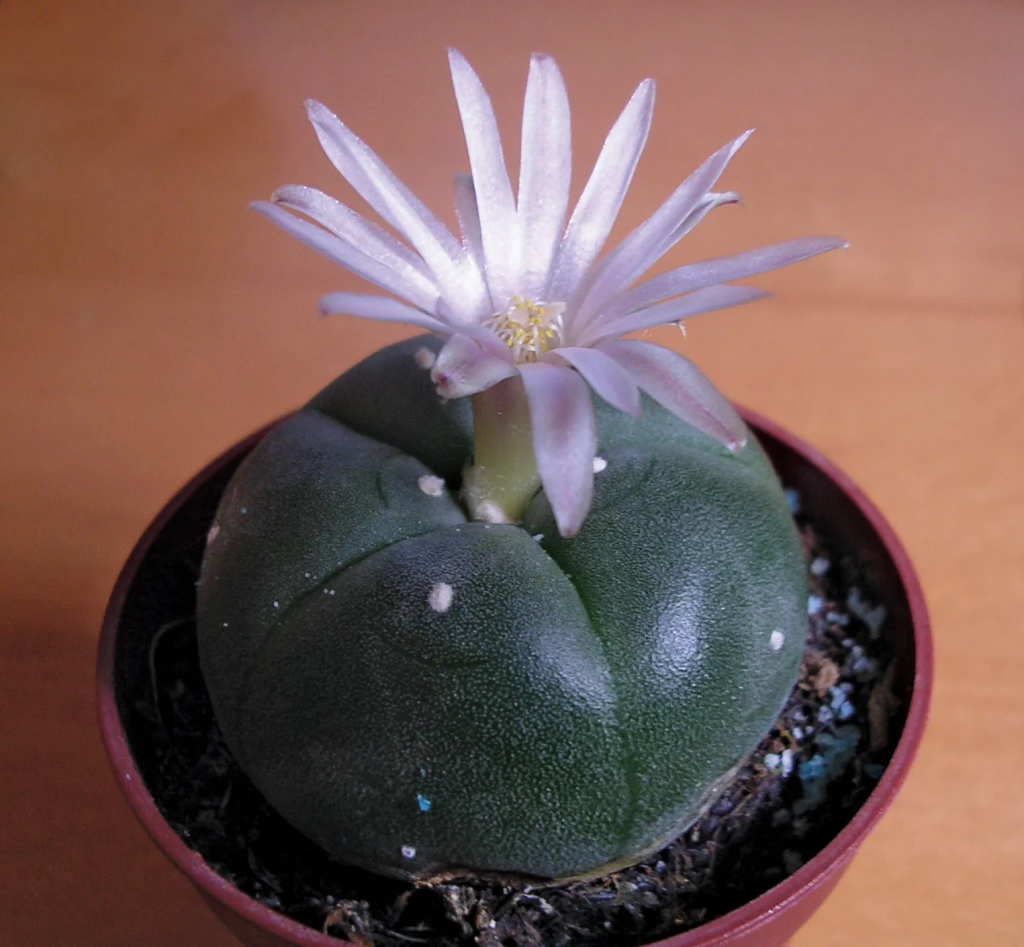Peyote and Indigenous Healing Traditions
Peyote, scientifically referred to as Lophophora williamsii, is just a small, spineless cactus that grows in the deserts of southwestern United Claims and Mexico. For centuries, this amazing plant has used heavy religious and ethnic significance among indigenous communities, especially in Native American traditions. In this short article, we shall delve into the history, social significance, and potential therapeutic advantages of peyote.
A Wealthy Record and National Significance
Peyote includes a extended history of use among indigenous people, with archaeological evidence suggesting its use dating straight back a large number of years. It’s such as connected with Indigenous American tribes, including the Huichol, Navajo, and Comanche, who consider peyote a sacred and transformative plant. Peyote is frequently found in religious ceremonies and rituals to help religious experiences, connection with the heavenly, and particular introspection.
The Peyote Knowledge and Routine Use
Eating peyote may produce profound alterations in belief, ultimately causing an extended state of consciousness. That knowledge is indicated by vibrant thoughts, enhanced physical notion, and an expression of unity with the encompassing environment. In the situation of spiritual ceremonies, peyote is usually consumed in cautiously structured rituals light emitting diode by skilled spiritual leaders, who guide members through the trip and make them understand the religious realms.
Healing Potential and Contemporary Study
Irrespective of its social and religious significance, peyote has attracted attention for the potential beneficial properties. Conventional healers have extended applied peyote because of its proposed medical benefits, including treatment, fever decrease, and treatment of various ailments. Lately, there’s been rising curiosity about researching the healing possible of peyote and their productive compound, mescaline, for intellectual health conditions such as despair, buy peyote , and addiction. Nevertheless, further scientific investigation is needed to validate these claims and determine safe and efficient beneficial applications.

Conservation and Sustainability
Peyote people significant conservation difficulties as a result of habitat loss, overharvesting, and illicit trade. As a slow-growing cactus that takes many years to mature, unsustainable harvesting practices may severely influence their population. Efforts are underway to protect and sustainably control peyote populations, involving partnerships between indigenous neighborhoods, conservation companies, and government agencies. These initiatives goal to guarantee the storage of this culturally and ecologically crucial plant for potential generations.
Appropriate and Honest Considerations
The legitimate status of peyote differs across countries and regions. In the United States, as an example, peyote is officially protected for spiritual use by Native American tribes underneath the National Indian Spiritual Freedom Act. But, non-indigenous usage of peyote is generally prohibited. It is important to regard and adhere to the cultural and legitimate frameworks surrounding peyote to ensure responsible and honest engagement.
Conclusion
Peyote stands as a image of religious relationship, ethnic history, and old-fashioned wisdom. Its used in religious ceremonies has performed a essential role in the religious lives of indigenous communities. Whilst the potential therapeutic advantages of peyote are now being investigated, it’s imperative to strategy that plant with regard, cultural sensitivity, and environmental consciousness. By knowledge and appreciating the significance of peyote, we are able to foster a better appreciation for the national heritage and subscribe to its sustainable conservation.
